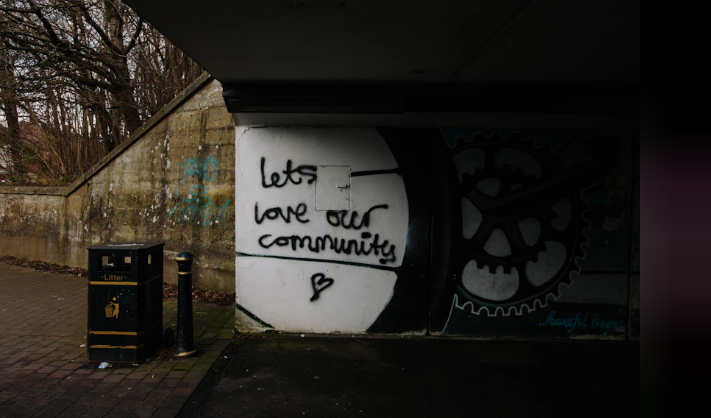Woooooooo! Halloween is just around the corner and decorations are already in our neighborhood. Not our house yet, mind you – we’re still settling into the new place. But this neighborhood takes its Halloween very seriously, which will be awesome for my son.
The ghouls, goblins and…. Gladiators? My son’s chosen costume this year. Will be out in full force, as will the spooky music, haunted houses, chills, and thrills.
We humans have this weird desire to scare ourselves for fun!
But fear and horror in the workplace is less desirable. And nothing can strike more fear into our hearts than…Dun Dun DUUUUUUNNNNN! Scary bosses!
I truly believe that most scary or ineffective leader have no self-awareness about how poorly they come across and how much psychological torture they influce. Unless hey are sadists, of course. And that’s because their negative behavior is almost always a result of their own fears.
Fear of losing control.
Fear of looking stupid.
Fear of failure.
Imposter syndrome
Fear of letting anyone see the real person inside.
A former white nationalist turned speaker and anti-hate activist Arno Michaelis, who wrote the book My Life After Hate, and whose story I recently got a chance to learn and was so moved by, I’ve invited him on to the podcast, reminded me of the familiar adage:
Hurt People Hurt People.
And that is never more true that for bad bosses.
They don’t realize that their attempts to look good and maintain control an command are ruining their chances of success. That when they create fear, anxiety, and stress it is anything but beneficial to competition – it actually neutralizes high performance.
Studies sow that when we are under perceived stress, it can cause lower cognitive scores and a faster rate of cognitive decline. Some studies, like those cited by CNN, show how stress lowers cognitive function. Even after adjusting for many physical risk factors, people with elevated stress levels were 37% more likely to have poor cognition, the researchers found.
We literally can’t think straight when we’re operating under stress of fear. Our executive functions shut down. We can’t engage the parts of our brain that we need in our work when we’re in a constant state of flight, flight, or freeze.
Why on earth would a leader knowingly degrade their biggest assets- their people – in such a blatant way? Successful leaders want their teams to be operating at optimal capacity – to invent, problem solve, create, innovate, remember important facts. All the things we need our frontal lobe to do!
If they would embrace empathy as a strategic advantage, they would see how their teams engagement, performance, and innovation would increase. They would be able to get the best out of the people they need to do the work! And those people could perform at levels that ultimately, would make the leader look good and advance their own goals.
Fear does not work for the long term. And it certainly doesn’t work for outperforming in challenging markets.
I would advise any leaders out there who struggle to create strong connections with their teams – or those of you who recognize these bad behaviors in your own leaders to invest in empathy.
Open yourself up to a new way to lead and operate. Or risk falling way behind. Be vulnerable in your journey to be a more empathetic leader – while still expecting high performance nad holding people accountable. But watch your people rise to the challenge, rather than get crushed under the negativity.
The goal is performance, right? So stop trying to scare the hell out of your people out of some underlying desire for respect or fear of failure. Examine your own emotional triggers and backstory and interrogate yourself with a curious mind.
Could you find another way to operate, be more effective, and cause less harm?
I bet you could. If you’re willing to walk through that door. I promise, there won’t be some crazed maniac inside waiting to torture you like all the Halloween movies would have us believe. In this movie, I promise that what waits around that dark corner is actually a whole lof light!
Photo credit: Oxsana Melis on Unsplash












